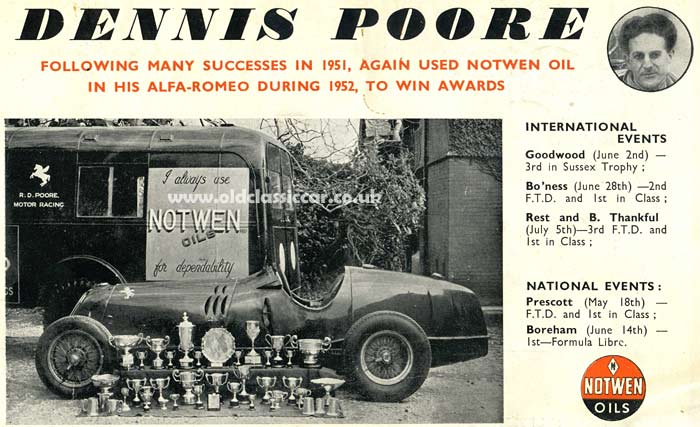ashman
VIP MEMBER
- Joined
- Jul 11, 2010
- Messages
- 6,460
It's how the gear box is used and how you use the extra torque from running a hot cam, in 1979 my layshaft bearing blew before the Featherbed conversion as well a few bushers replaced but a few years later my kick start shaft broke at the pawl end from a shop welding my lose kicker on the shaft (unkown to me at the time but 2 weeks later it broke), was in the shop to work out a misfire problem at the time, my Norton has never been to a shop since that was 1983, since then with the work done to my motor I have only been in my gearbox 4 times to replace the worn kick start pawl but the last time I replaced it I replaced the kick start gear where the pawl engaged the gear, it was worn, that was 30+ years ago and I haven't been it the GB since.
I use the torque of my hot motor smartly and don't flog the gearbox (use too in my younger days) 2nd and 3rd gears are used most for high revving and using the torque of my motor but as I say I do it smartly and after 47 years my gearbox still shifts smoothly and just clicks in too neutral if the clutch is set right, I still run my original clutch plates that my bike came out of the factory.
If you don't flog the GB it will work fine but in my younger days from 1976 to 1979 young and silly my GB copped a flogging with many burnouts and racing everything on the road lol and had a lot to prove to all my mates who rode jap bikes that the Norton wasn't no slouch and sounded so much better.
To Al I just didn't put a hot cam in my motor crank, rebore to tight tolerances, ports/manifolds, jets, ignition and open exhaust system from made to fit headers to open mufflers with just enough baffle in it for a bit of back pressure, I can run quietly when putting around but open the throttle up it comes alive and loud with a sweet sound from my motor, I did it right from day one of the conversion to the Featherbed but over the years I upgraded a few things to make it even better, my Norton has always been a sweet running bike since the conversion in the early 80s (I had a lot of problems from 1976 to 1979 when it was all Commando, from ignition to carbs) after the conversion in 1982 with new carbs and new ignition system my Norton has been good, whether I been lucky or I have a freak of a Norton with only a few minor fault in the 42 years since I built the hot 850 Featherbed, so without much experience in building my first hotrod Norton I did something right as I have a sweet running Norton.
Ashley
I use the torque of my hot motor smartly and don't flog the gearbox (use too in my younger days) 2nd and 3rd gears are used most for high revving and using the torque of my motor but as I say I do it smartly and after 47 years my gearbox still shifts smoothly and just clicks in too neutral if the clutch is set right, I still run my original clutch plates that my bike came out of the factory.
If you don't flog the GB it will work fine but in my younger days from 1976 to 1979 young and silly my GB copped a flogging with many burnouts and racing everything on the road lol and had a lot to prove to all my mates who rode jap bikes that the Norton wasn't no slouch and sounded so much better.
To Al I just didn't put a hot cam in my motor crank, rebore to tight tolerances, ports/manifolds, jets, ignition and open exhaust system from made to fit headers to open mufflers with just enough baffle in it for a bit of back pressure, I can run quietly when putting around but open the throttle up it comes alive and loud with a sweet sound from my motor, I did it right from day one of the conversion to the Featherbed but over the years I upgraded a few things to make it even better, my Norton has always been a sweet running bike since the conversion in the early 80s (I had a lot of problems from 1976 to 1979 when it was all Commando, from ignition to carbs) after the conversion in 1982 with new carbs and new ignition system my Norton has been good, whether I been lucky or I have a freak of a Norton with only a few minor fault in the 42 years since I built the hot 850 Featherbed, so without much experience in building my first hotrod Norton I did something right as I have a sweet running Norton.
Ashley


